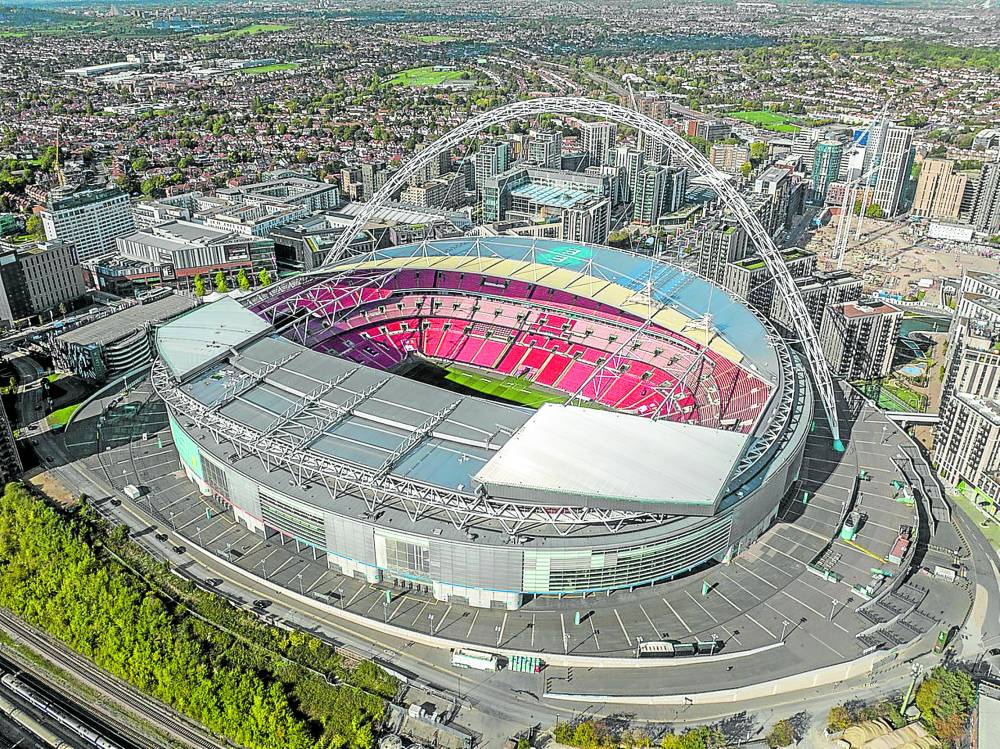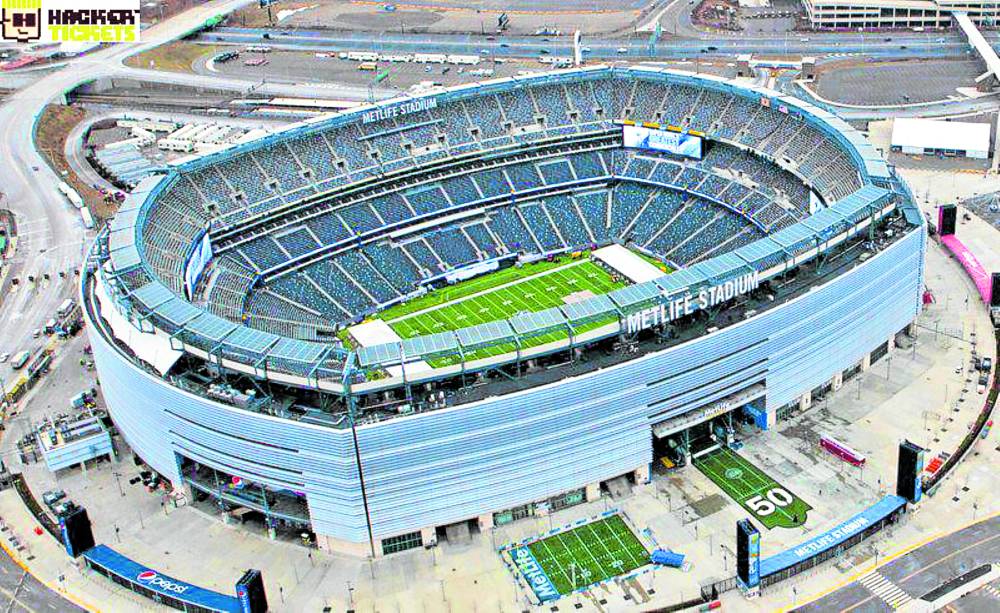Stadiums are more than just structures—they also serve as hubs of culture, community, and celebration.
Whether hosting sports events, concerts, or other gatherings, stadiums offer large seating capacity and impressive facilities, ensuring the best possible experience for fans and spectators alike. Some stadiums also actively engage with their communities through outreach programs and economic development.
In this article, we will explore the impact of stadiums on the communities where they are located.
Wembley Stadium
England
Opened in 2007, this stadium is the nation’s premier sports venue, which has a seating capacity of 90,000.
Wembley Stadium has witnessed historical and memorable sports events in England. Significant infrastructure improvements were built in the area, with over £70 million invested to upgrade roads, rail, and pedestrian access. The three main transport stations serving the stadium were also improved for the venue users.
All these developments boosted economic activities for both its host and surrounding communities.
MetLife Stadium
United States
Located in New Jersey, this stadium is one of the largest venues in the National Football League (NFL), boasting a capacity of 82,500. With a rich history of hosting over 600 major events and 3,000 special occasions, it is set to be the host stadium for the FIFA World Cup 2026 Final.
MetLife Stadium is deeply committed to its community and to fostering a sustainable future. It became the first NFL stadium to join the United Nations Framework Convention on Climate Change’s Sports for Climate Action Framework. In September 2024, this stadium became one of the first NFL venues designated as a “Mission Ready Venue”, enabling the stadium to play a vital role in public safety and community support.
Rose Bowl
United States
This stadium is an outdoor athletic facility that has been designated a National Historic Landmark as well as a California Historic Civil Engineering Landmark.
The Rose Bowl, which is located in California, has been renovated several times and its current seating capacity is now around 92,000. It is best known for the Rose Bowl Game and the Rose Parade, held every New Year as part of the Tournament of Roses.
In July 2024, the Pasadena Tournament of Roses disclosed that the stadium’s economic impact, including the greater Los Angeles area, was estimated at an impressive $245 million.
Melbourne Cricket Ground
Australia
Established in 1853, the Melbourne Cricket Ground (MCG) has long been a cornerstone of the nation’s sporting culture. It has a capacity of 100,000 people and is considered the largest stadium in Australia.
Beyond its sporting significance, the MCG is listed on Australia’s National Heritage List, reflecting its importance to the nation. It is also recognized as one of the world’s most sustainable sporting arenas, earning recognitions such as the Green Sports Alliance Innovator of the Year and the Melbourne Awards for its contributions to sustainability.
Sources: wembleystadium.com, mcg.org.au, culturalattractionsofaustralia.com, britannica.com, dcceew.gov.au, visitpasadena.com, tournamentofroses.com, rosebowlstadium.com, californiapreservation.org, wnst.org, fema.gov, metlifestadium.com



